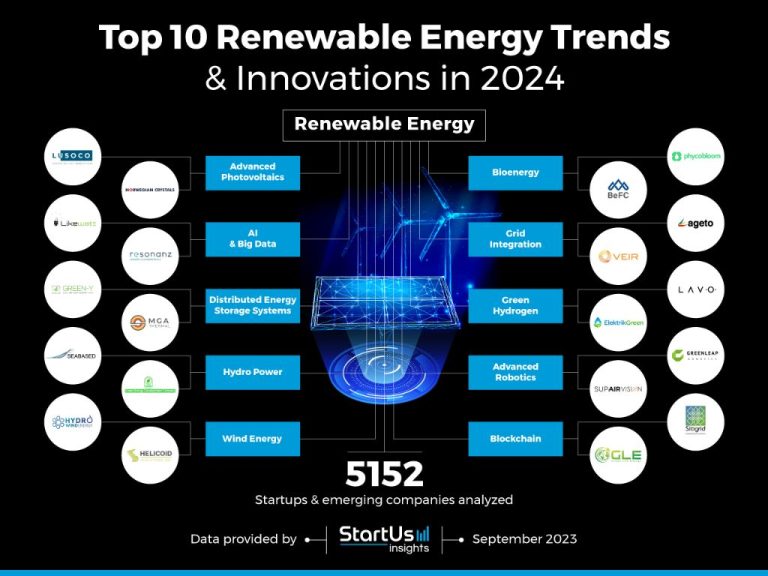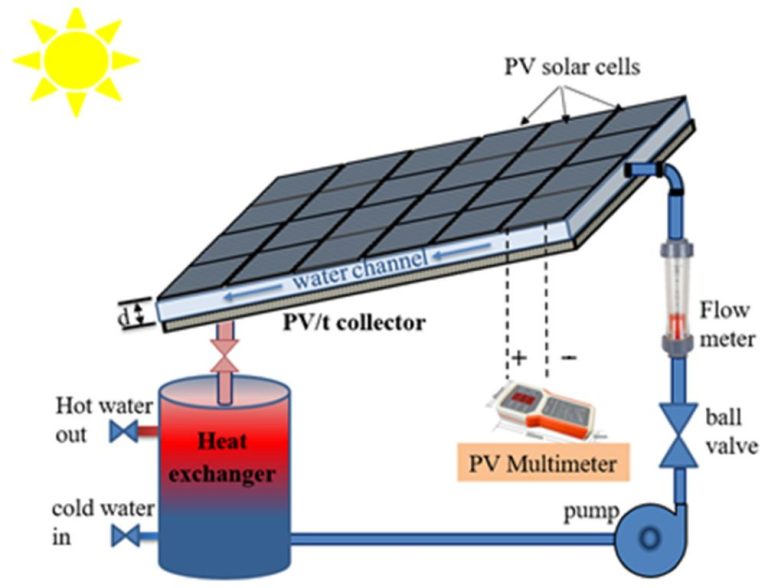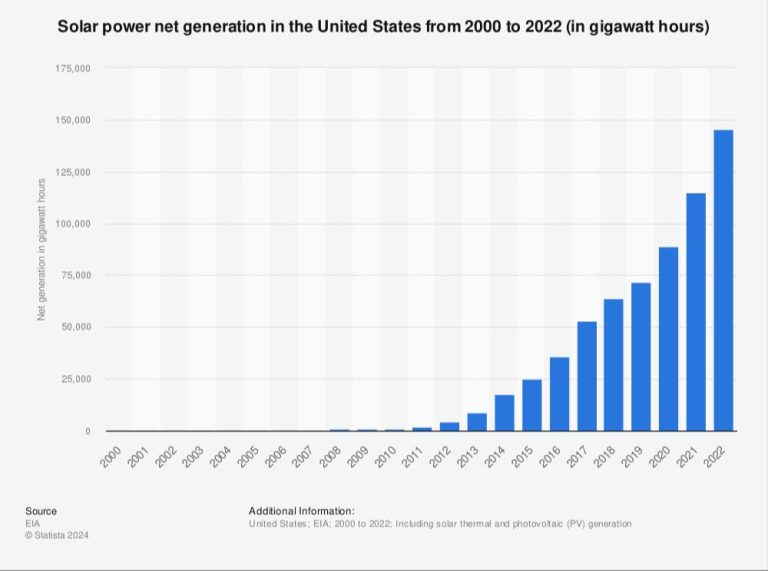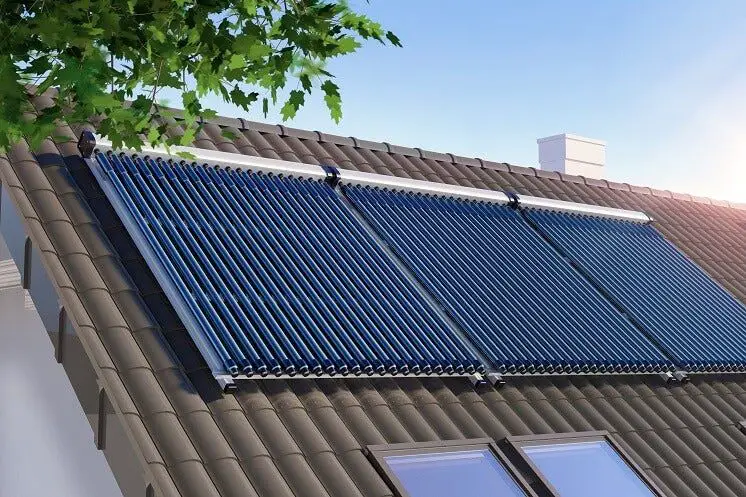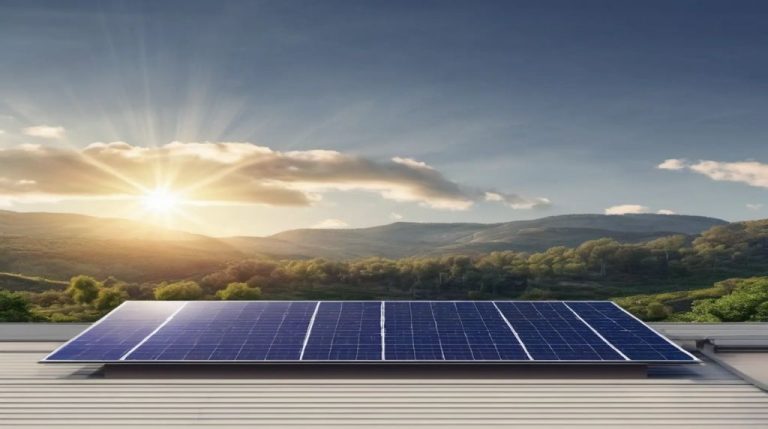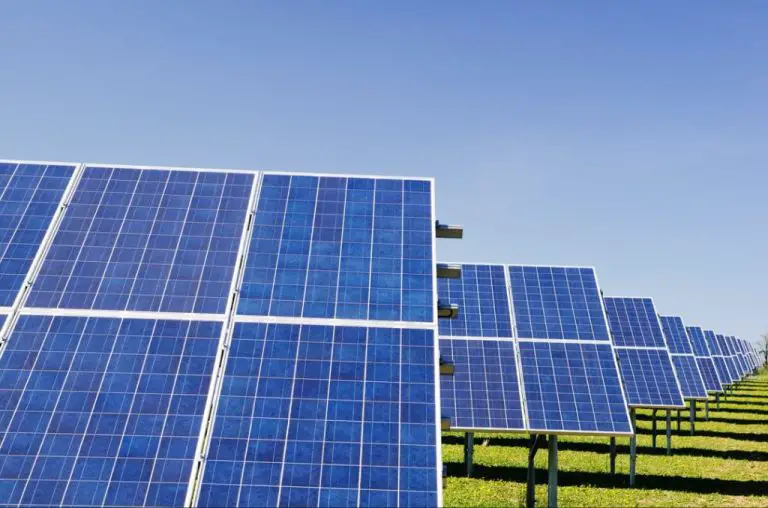What Are The 3 Main Advantages To Solar Photovoltaic Energy?
Clean, Renewable Energy Source
One of the main advantages of solar photovoltaic (PV) energy is that it provides clean, renewable electricity. Sunlight is free and unlimited. PV systems generate electricity directly from sunlight without any emissions or pollution. Unlike fossil fuel power plants, they don’t burn fuels and release greenhouse gases that contribute to climate change. Solar energy is an abundant resource that won’t run out. The amount of sunlight that hits the Earth’s surface in one hour contains more energy than the world’s population uses in an entire year. As a renewable resource, solar PV offers a sustainable energy solution for the long-term.
Reduces Reliance on Fossil Fuels
Using solar PV to generate electricity reduces the need for fossil fuels like coal, oil and natural gas. Burning fewer fossil fuels for power generation helps combat climate change by lowering greenhouse gas emissions. According to the U.S. Energy Information Administration, fossil fuels accounted for about 80% of energy consumption in the United States in 2021. Solar PV allows homes and businesses to generate clean electricity right at the source, displacing electricity that would otherwise come from fossil fuel power plants.
The growth of solar PV is rapidly reducing the amount of coal and natural gas needed for electricity generation. One estimate suggests that solar PV eliminated the need for 27 million metric tons of coal in the United States in 2020 alone. That’s equivalent to taking over 6 million cars off the road for a year. Solar PV installations are only expected to accelerate in the coming years, allowing even greater reductions in fossil fuel usage.
Solar PV not only reduces fossil fuel dependence for electricity, but can also displace the direct use of fossil fuels for heating and transportation through applications like solar water heating and solar EV charging. Overall, solar PV serves as a critical tool for transitioning away from finite and polluting energy sources toward a 100% clean energy future powered by the sun.
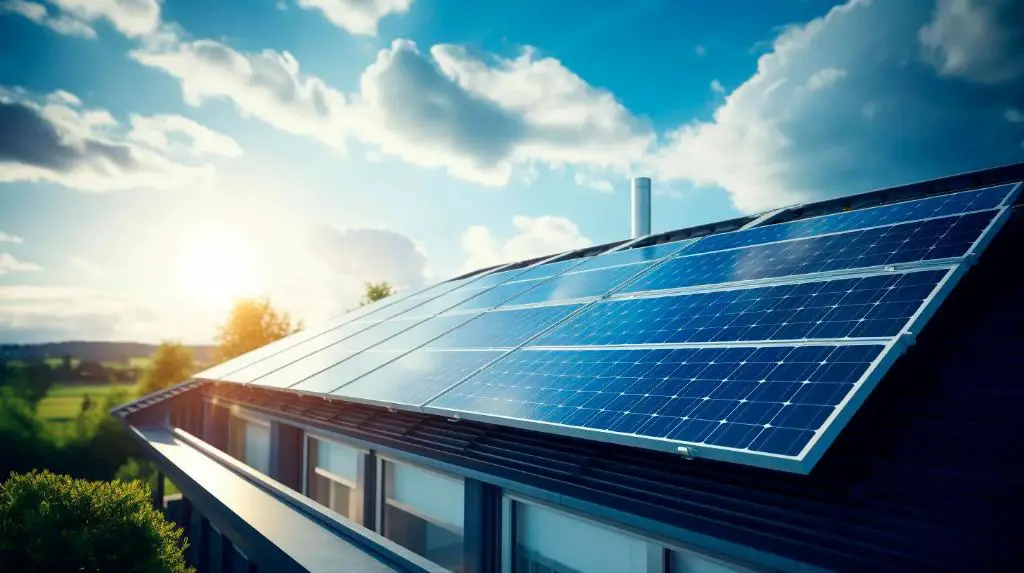
Lower Energy Bills
One of the biggest advantages of installing solar photovoltaic panels is lower monthly energy bills. Solar panels allow homeowners to generate their own electricity during the day to power their home. This reduces or even eliminates the need to buy electricity from the utility company. Once the solar system is paid off, homeowners can enjoy very low electricity bills for decades.
Not only do solar panels reduce electricity purchases, but in many areas homeowners can sell excess electricity back to the grid through net metering programs. When solar panels generate more electricity than the home is using, the excess power gets fed back into the grid. The home’s electricity meter runs backwards, and the utility company credits the homeowner. At the end of the billing cycle, the homeowner only pays for their net electricity usage, after subtracting the amount their system fed into the grid.
This ability to lower or eliminate monthly electricity bills is a major savings advantage of installing a solar PV system. Homeowners are then insulating themselves from potentially rising electricity prices over the long run.
Requires Little Maintenance
One of the major advantages of solar PV systems is that they require very little maintenance after installation. PV panels contain no moving parts and are self-contained, sealed units. This makes them extremely reliable, with estimated lifespans of 20-30 years. Unlike fossil fuel systems, PV panels have no fluids to change, filters to replace, or mechanical components to service and repair. The inverter may need replacement after 10-15 years, but overall maintenance is minimal.
Solar PV systems are designed for ease of use and “set and forget” operation. Once installed properly, PV panels will produce clean energy for decades with little human intervention needed. If panels get dirty, normal rainfall is usually sufficient to keep them clean. For optimum performance, an occasional panel wash may be recommended. But overall, the maintenance requirements are extremely low compared to other energy sources.
The minimal maintenance of solar PV systems reduces operating costs over their lifetime. System owners do not have to budget for periodic maintenance and repairs. The longer solar panels operate without needing service, the more energy they generate, maximizing return on investment. For homeowners and businesses, choosing solar PV means fewer maintenance headaches and more predictable, stable energy costs year after year.
Technology is Improving
Solar photovoltaic technology is rapidly advancing and improving in terms of efficiency, cost, and capabilities. The efficiency of solar cells continues to increase, with lab records now over 47% efficient compared to early solar panels which were only 5-10% efficient. This means modern solar panels can generate a lot more electricity from the same amount of sunlight.
In addition, the cost of solar power has dropped dramatically in the past decade, by over 70% since 2010. The main reasons behind the cost declines include economies of scale in manufacturing, improvements in solar cell and panel efficiency, and streamlining of supply chains and installation processes. This makes solar power more affordable and accessible than ever before.
Advancements in energy storage technology, like batteries, are also making solar power systems more versatile and reliable. With battery storage, solar power can be used anytime – even at night or on cloudy days. This allows solar to provide continuous clean power around-the-clock.
In summary, innovations in solar technology are rapidly driving up efficiency and driving down costs. This makes solar energy an increasingly compelling renewable energy source.
Government Incentives
Installing solar panels on your home or business can be a significant upfront investment, but federal, state and local governments offer various incentives to make going solar more affordable. Governments around the country are promoting solar energy adoption through tax credits, rebates, and other financial incentives that can cover 30-50% of system costs.
The federal government offers a 26% investment tax credit (ITC) when you install a solar energy system. This credit applies to both residential and commercial solar installations and can drastically reduce your tax liability. Many states have additional credits and rebates on top of the federal ITC. For example, California offers rebates up to $3.20 per watt for solar installations.
Your local utility company may also give rebates to offset interconnection fees and other solar-related costs. And a growing number of cities and municipalities have property tax exemptions, solar renewable energy credits (SRECs), and other incentives for homeowners and businesses that go solar.
Consulting a tax professional to identify all the federal, state and local solar incentives available in your area can help you determine the payback period for a solar installation. With the right incentives, you could be looking at a complete return on investment in under 10 years for a solar PV system.
Grid Resiliency
Distributed solar PV systems help strengthen and stabilize the electrical grid by adding electricity directly into the local grid. This added electricity production relieves stress on the grid and reduces the likelihood of power outages, especially during times of peak demand. Solar PV systems also function as mini power plants that can provide backup power to homes and businesses during grid outages. By powering critical loads when the grid goes down, solar PV enhances grid resiliency and can help avoid costly power disruptions.
With the frequency of extreme weather events expected to increase due to climate change, building distributed energy resources like rooftop solar will become even more important for reinforcing grid resilience. Solar PV combined with battery storage offers a clean and cost-effective solution for providing emergency power supply when the main grid is compromised. As solar adoption grows, communities will become more resilient and better prepared to handle power disruptions from storms, equipment failures, cyber attacks or other grid shocks.
Job Creation
The solar industry is creating hundreds of thousands of well-paying jobs across the country. As the cost of solar continues to fall and more homes and businesses adopt it, solar job growth is booming. According to the Solar Foundation’s National Solar Jobs Census, over 250,000 Americans work in solar – more than double the number in 2012. Solar jobs are predicted to grow by 10% in 2019, outpacing the overall U.S. economy. These well-paying solar jobs pay an average of $26 per hour and many do not require an advanced degree. The solar workforce is also quite diverse, with Latino/Hispanic workers, Asian workers, and women representing a larger share of the solar workforce than the U.S. economy average. With solar energy use still under 4% of total U.S. electricity generation, there remains tremendous potential for additional job growth as more homes and businesses go solar.
Versatile Applications
One of the key advantages of solar PV is that systems can be installed in a variety of settings to generate electricity. PV systems can be ground-mounted, installed on rooftops of homes and buildings, integrated into building materials such as roof shingles or windows, and even integrated into vehicles like cars, trucks, and boats.
Ground-mounted solar arrays are typically large systems installed on open land. They allow for generating electricity on a utility scale. Rooftop PV systems are very common for homes and businesses. The roof provides an existing structure for mounting the solar panels, and generates electricity where it is used without requiring additional land.
Building-integrated PV (BIPV) integrates solar cells into construction materials rather than installing separate solar panels on roofs or walls. For example, solar shingles, windows, and siding replace conventional building materials while also generating clean power. Solar PV can also be integrated into electric vehicles to supplement the battery charge.
The versatility of solar PV allows it to be deployed in many settings to reduce fossil fuel dependence across homes, businesses, utilities, and transportation.
Improved Public Health
Solar energy provides significant public health benefits by reducing air and water pollution from fossil fuel power plants. Burning coal, oil, and natural gas releases particulate matter, nitrogen oxides, sulfur dioxide, mercury, and other harmful pollutants into the air we breathe. According to the Union of Concerned Scientists, air pollution from fossil fuel plants contributes to over 20,000 premature deaths each year in the U.S. alone.
By generating electricity from the sun rather than combusting fossil fuels, solar PV avoids emitting these dangerous pollutants into the environment. Studies have shown that higher deployment of solar and wind energy could prevent hundreds of thousands of premature deaths worldwide per year by lowering air pollution. The public health benefits of solar are immense, potentially saving thousands of lives each year by improving air quality alone.

